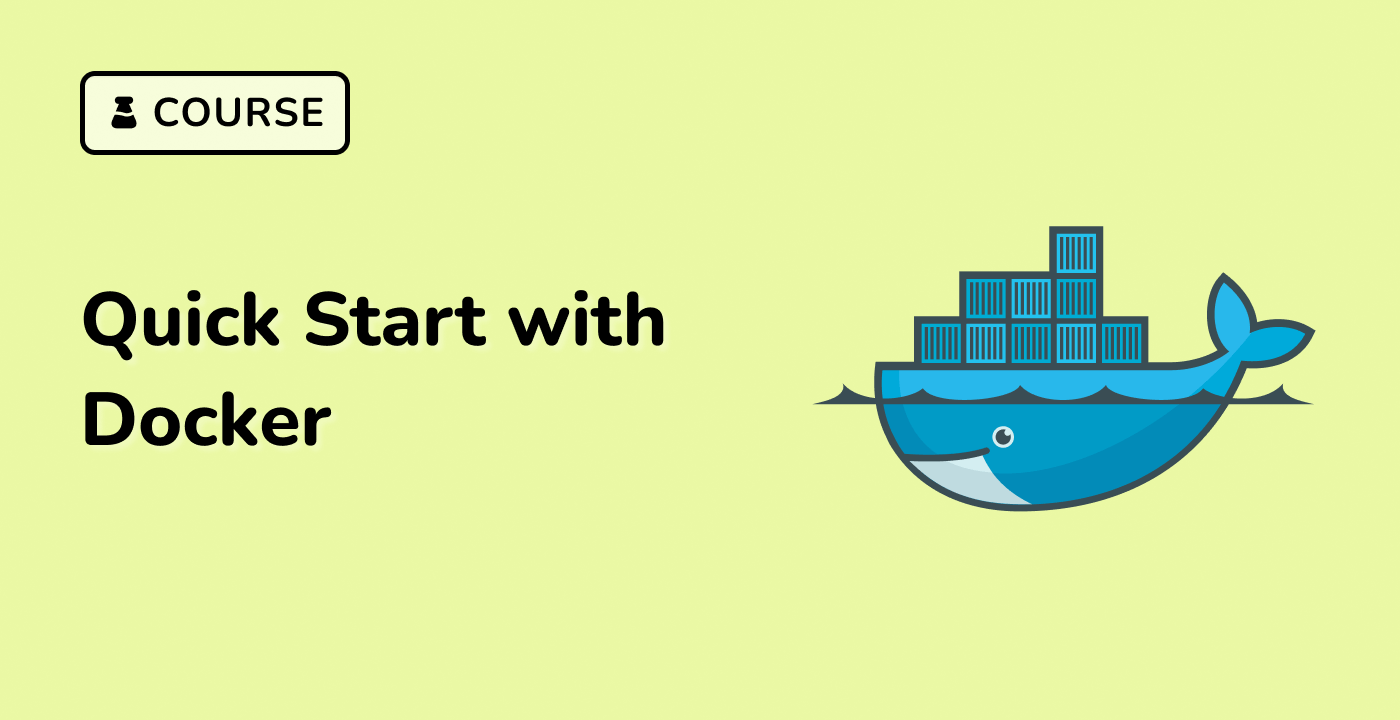To ensure the accessibility of your Docker-based applications, you can leverage a variety of testing tools. In this section, we will explore some popular accessibility testing tools that can be used in the context of Docker containers.
WAVE is a free and widely-used web accessibility evaluation tool developed by WebAIM. It can be used to assess the accessibility of web-based Docker applications by analyzing the HTML structure, identifying potential issues, and providing detailed reports.
To use WAVE with a Docker container, you can follow these steps:
## Pull the WAVE Docker image
docker pull wave/wave
## Run the WAVE container and test your application
docker run -p 8888:8080 wave/wave https://your-docker-app.com
The WAVE container will then analyze your application and provide a detailed report, which you can access by opening http://localhost:8888 in your web browser.
Axe-core
Axe-core is an open-source accessibility testing library developed by Deque Systems. It can be integrated into your Docker-based application's testing workflow to perform automated accessibility checks.
To use Axe-core with a Docker container, you can follow these steps:
## Install Axe-core in your Docker container
RUN npm install --save-dev @axe-core/puppeteer
## Run Axe-core tests in your Docker container
RUN npx axe-core --dir https://your-docker-app.com --save report.json
The Axe-core tests will generate a report in JSON format, which you can then analyze to identify and address accessibility issues.
Accessibility Insights for Web
Accessibility Insights for Web is a free tool developed by Microsoft that can be used to test the accessibility of web-based Docker applications. It provides a user-friendly interface and detailed reports to help you identify and fix accessibility problems.
To use Accessibility Insights for Web with a Docker container, you can follow these steps:
## Pull the Accessibility Insights for Web Docker image
docker pull mcr.microsoft.com/accessibility-insights/web
## Run the Accessibility Insights for Web container and test your application
docker run -p 8000:80 mcr.microsoft.com/accessibility-insights/web https://your-docker-app.com
The Accessibility Insights for Web container will then analyze your application and provide a detailed report, which you can access by opening http://localhost:8000 in your web browser.
By leveraging these accessibility testing tools, you can ensure that your Docker-based applications are inclusive and accessible to users of all abilities.




